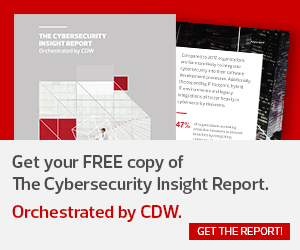Make Sure Users are Complying with Existing Policies
Some of the biggest threats that businesses face are internal, as it can be tough to track which employees have access to what information — and just as difficult to know what they’re doing with it.
To help change that, new security capabilities are being built into Microsoft 365, with a rollout planned for the end of the year. The software allows users to apply certain levels of security to certain documents. It then uses machine learning and artificial intelligence to track those documents and suggest ratings for similar files.
If something seems out of the ordinary — say a document marked “confidential” is transferred to a thumb drive — the system alerts administrators to the irregularity. The organization can then take that information and decide whether to launch a formal investigation. The alerts are customizable, so each business can input its own policies.
Using Intelligence to Empower Cyber Defenders
As potential threats grow, so does the amount of information that goes into defeating them. This is where AI and automation can play a key role.
“Azure Sentinel delivers limitless scale to support the growing volume of security data in your organization,” said Sarah Fender, principal group program manager for Microsoft Intelligent Security Graph.
The system includes data links for different security products and services, bringing all of that information into one central place. It then uses automation to take the next actionable steps, as established by the administrator.
Next steps include everything to blocking IP addresses and creating alerts to sending an automatic email to IT. When the incident is over, the program analyzes what happened so that the organization can adjust.
While threats may always be present, organizations can take steps to protect themselves. By building in tools to protect identity, utilizing AI and integrating solutions across systems, businesses can know their information is more secure.
Find more of BizTech's coverage of Microsoft Ignite 2019 here.











